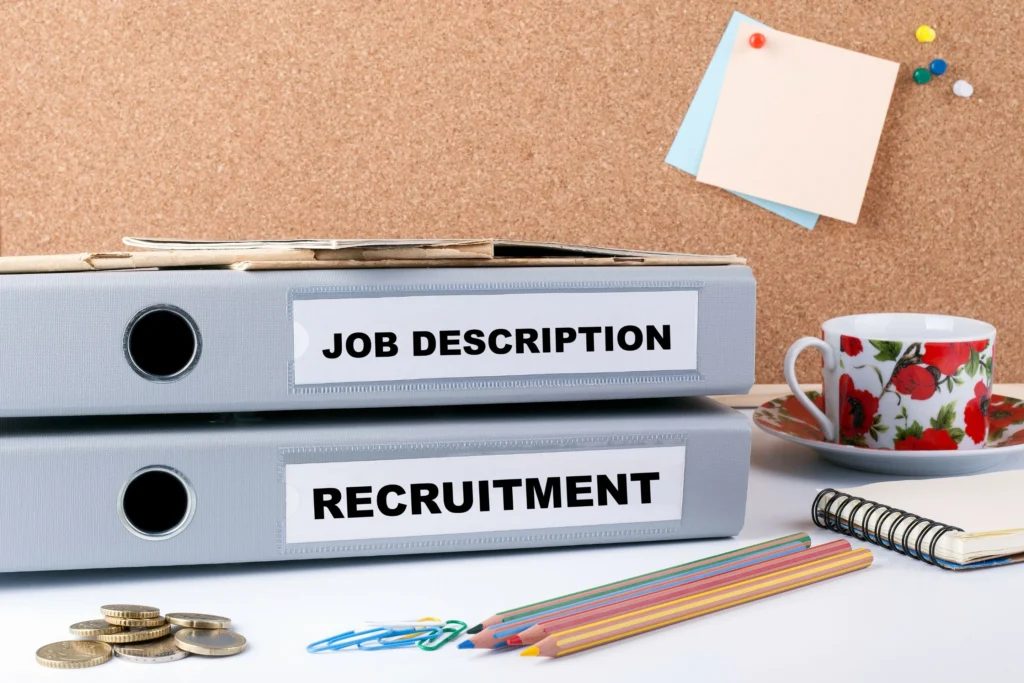INTRODUCTION
Job analysis, job description, and job design are foundational elements of effective human resource management. Accurate job analysis enables organizations to gather essential information about tasks, responsibilities, and required competencies, forming the basis for clear and legally sound job descriptions. Well-crafted job descriptions support critical HR functions such as recruitment, performance evaluation, and workforce planning. Meanwhile, strategic job design plays a vital role in enhancing employee motivation, satisfaction, and productivity by aligning job structures with individual strengths and organizational goals. When thoughtfully implemented, these practices contribute to a more engaged, efficient, and agile workforce, capable of adapting to changes in the business environment while fostering a culture of clarity, accountability, and continuous improvement.
LEARNING OBJECTIVE
By the end of this 2-day program, participants will be able to:
- Explain the concepts and significance of job analysis, job description, and job design. Conduct a systematic job analysis using various methods (interviews, questionnaires, observation, etc.).
- Develop clear and legally compliant job descriptions and job specifications. Apply different job design techniques (e.g. job rotation, job enlargement, enrichment). Align job design with organizational goals, employee engagement, and productivity. Identify challenges and avoid common pitfalls in job analysis and design. Evaluate and redesign jobs to suit changing organizational needs and technological advancements.
LEARNING OUTCOME
By the end of this course, participants will be able to:
- Analyse energy consumption patterns using benchmark data and facility walk-throughs.
- Identify quick-win and long-term opportunities for energy savings.
- Optimize HVAC and lighting systems for efficiency and occupant comfort.
- Apply automation strategies including scheduling, zoning, and smart controls.
- Evaluate ROI of retrofit and upgrade projects using practical financial tools.
- Support compliance with GBI, LEED, and GreenRE requirements.
- Engage stakeholders to build a culture of energy accountability.
- Develop a customized 6-month Energy Savings Action Plan for their facility.
WHO SHOULD ATTEND
Supervisor/Department Heads, Officers, Executives and Managers who seek to understand the strategic importance of job analysis, conduct systematic job analysis, differentiate between job description and job specification, write clear and legally compliant job descriptions, apply modern job design strategies, incorporate theoretical models into practical job design, redesign jobs to meet contemporary workplace challenges, integrate job analysis, description, and design into HR practice and demonstrate increased confidence in managing job structures
TRAINING METHODOLOGY
Lecture, Discussion, Small Group Activity and Exercise Duration: Two (2) days program (9.00am to 5.00pm)
COURSE OUTLINE
Day 1: Job Analysis and Job Description
9:00 AM – 9:30 AM → Welcome & Course Introduction
- Trainer’s welcome remarks
- Participants introduce name, job title, and one unique responsibility
- Icebreaker Activity: “What’s in My Job”
- Pre-training quiz
9:30 AM – 10:30 AM: Module 1: Introduction to Job Analysis
- Definition and significance of job analysis
- Strategic importance to HR functions
- Job components: tasks, duties, responsibilities, competencies
10:30 AM – 10:45 AM → Morning Tea Break
10:45 AM – 12:30 PM → Module 2: Methods of Job Analysis
- Key data collection techniques:
- Interviews
- Questionnaires (e.g., PAQ)
- Observation
- Work logs/diaries
- Criteria for selecting appropriate methods
- Hands-on: design a simple job analysis interview format
12:30 PM – 1:30 PM → Lunch Break
1:30 PM – 3:00 PM → Module 3: Job Descriptions vs Job Specifications
- Definitions and differences
- Components of effective job descriptions
- Legal and compliance considerations
- Case study: review and critique sample job descriptions
3:00 PM – 3:15 PM → Afternoon Tea Break
3:15 PM – 4:30 PM → Module 4: Writing Effective Job Descriptions
- Outline the structure and language of an effective job description • Apply writing tips: clarity, objectivity, and legal accuracy • Workshop activity: draft a job description for a chosen or assigned role • Peer review and trainer feedback
4:30 PM – 5:00 PM → Q&A and Day 1 Wrap-Up
- Summarize key points and lessons learned
- Clarify doubts and share insights
- Brief preview day 2 focus
Day 2: Job Design and Strategic Application
9:00 AM – 9:30 AM → Recap of Day 1 & Warm-Up Discussion
- Quick recap of Day 1 modules and activities
- Invite participants to share:
- 1 insight from Day 1
- 1 question they hope to answer today
- Connect Day 1 outcomes to today’s focus on Job Design
9:30 AM – 10:30 AM → Module 5: Understanding Job Design
- Define job design and its role in performance and satisfaction
- Introduce motivation theories: Hackman & Oldham, Herzberg
- Link job design to engagement and productivity
10:30 AM – 10:45 AM → Morning Tea Break
10:45 AM – 12:30 PM → Module 6: Approaches to Job Design
- Job enlargement, enrichment, simplification, rotation
- Socio-technical systems approach
- Activity: Apply design strategies to job-based scenarios
12:30 PM – 1:30 PM → Lunch Break
1:30 PM – 3:00 PM → Module 7: Redesigning Jobs for the Modern Workplace
- Adapting to remote work, automation, restructuring
- Case study: real-world job redesign success
- Group activity: Redesign a sample job using learned strategies
3:00 PM – 3:15 PM → Afternoon Tea Break
3:15 PM – 4:30 PM → Module 8: Integration and Action Planning
- Connect job analysis, description, and design as a unified process
- Provide checklist for practical application
- Action plan: Participants outline how to apply concepts in their organization
4:30 PM – 5:00 PM → Program Wrap-Up & Evaluation
- Summary of key lessons
- Q&A and feedback session

